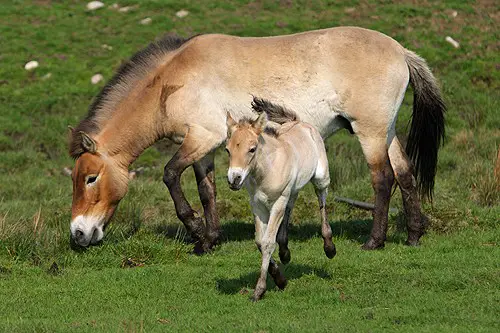The European marmot (Marmota marmota) is a species of marmot found only in Europe. It is also known as the alpine marmot.
Physical Features
The European marmot has a stocky body. They weigh about 3 to 4 kilograms. These animals measure about 20 inches (52 cm) excluding their tail. Their tail measures about 8 inches (20 cm). The European marmot generally has short and muscular legs. Their fur is golden-brown in color. This species of marmot has a short tail. The European marmot is the largest squirrel species.
Taxonomy
The European marmot belongs to the squirrel family of Sciuridae. They belong to the order of Rodentia.
Behavior
European marmots are diurnal. They rest at night but are active in the day. European marmots hibernate for approximately 7 months a year. They produce a shrill whistle when they are alarmed. They even growl and screech when they are angry.
Distribution and Habitat
The European marmot is found in the alpine regions of Switzerland, France and Italy. They have been re-introduced to the Carpathian Mountains which is located on the border of Slovakia and Poland. They are also found in parts of Germany. They live in alpine meadows and in rocky slopes with an elevation of about 1,970 feet (600 meters). They build burrows which are very complex, digging with their forepaws, while their hind legs also help in digging. Their forepaws will scrape away the soil and the hind legs will keep the soil aside. Each burrow will have only one family which has a dominant breeding pair. The same burrow may be used by the next generation. While digging the tunnel, the European marmot will sometimes use its teeth to remove some small stones.
Diet
 |
| A European marmot in summer. |
Conservation Status
European marmots are not threatened at the moment. They are abundant in their current range. Their population had declined in the 20th century, but now they have successfully been re-introduced to the respective range.
Source of pic 1 and pic 2


